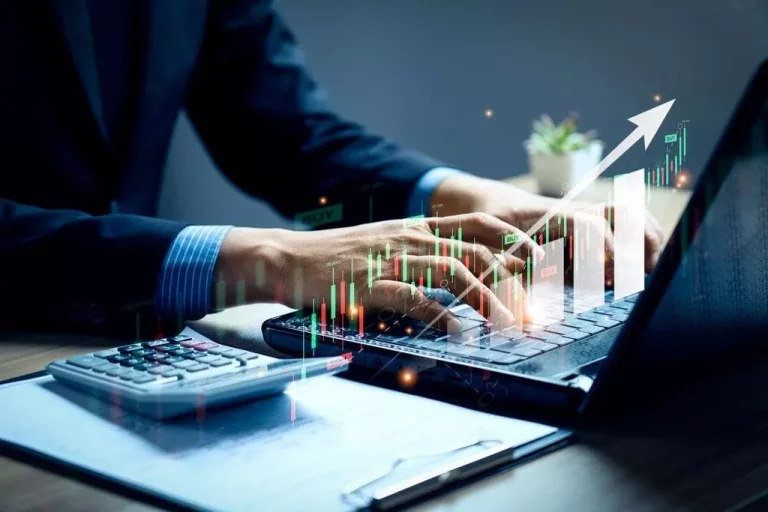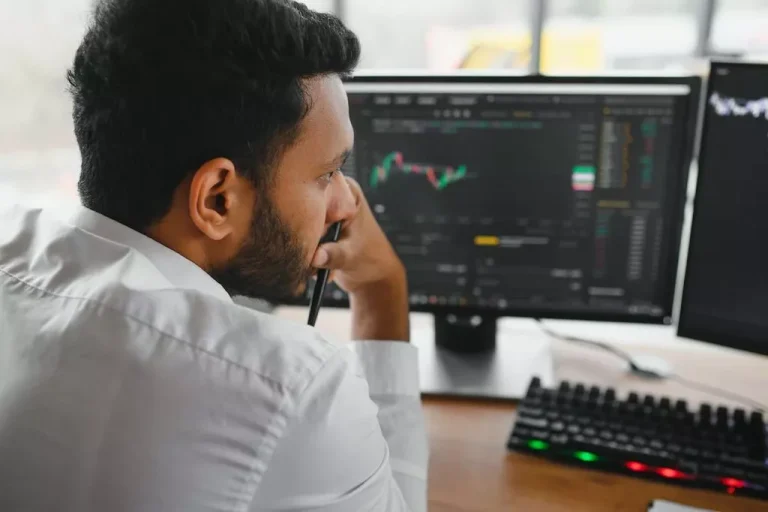DeFi space liquidity provider vs market maker is rapidly evolving, creating new alternatives for buyers worldwide.
Traits Of Market Makers
Tier 1 liquidity providers are additionally typically market makers since they represent industry-leading monetary establishments. They have the resources to impression the market essentially due to their international outreach and highly liquid reserves from different banking actions. Liquidity suppliers improve market effectivity by narrowing bid-ask spreads, decreasing trading prices, and offering stability via elevated market depth. Yes, some liquidity providers additionally act as market makers, offering each liquidity provision providers and intermediary functions. As more individuals enter the market, the competitors intensifies, resulting in narrower spreads and lowered profitability. Liquidity providers have to employ sophisticated technology and trading methods to take care of their aggressive edge and entice order move.
Nature Of Relationships With Brokerages:

The Eurex® system provides Market Makers and Liquidity Providers in choices in Basis Building Block and Package Building Block with varied features for system-based danger safety. With these instruments Market Makers and Liquidity Providers can considerably constrain operational and market risks. Speaking about my professional actions, I can say that I even have all the time been drawn to the examine of overseas languages, which later led me to the examine of translation and linguistics. With years of experience in the thrilling world of cryptocurrency, I have devoted my time to understanding the complexities and tendencies of this ever-evolving trade.
What Function Does Liquidity Play In Foreign Exchange Brokerage?
Liquidity providers carry out important features in the market similar to encouraging value stability, limiting volatility, reducing spreads, and making buying and selling less expensive. Banks, monetary establishments, and buying and selling companies are key gamers in providing liquidity to different elements of the financial markets. Other forms of financial establishments play key roles in shoring up the liquidity of various asset courses.

How Do Liquidity Providers And Market Makers Ensure Quick Execution?
- Understanding the internal workings of financial markets requires first grasping the underlying liquidity concept.
- It signifies whether or not information board messages relating to present technical problems with the trading system have been revealed or might be revealed shortly.
- These LPs present brokers with entry to a certain bank, Electronic Communication Network (ECN), or trade.
- Liquidity suppliers (LPs) are firms that solely concentrate on sourcing liquidity to the foreign exchange market gamers.
- And with the provision of online trading platforms, many buyers can provoke transactions with little or no contact with their private dealer.
- However, it may be very important notice that there are only a few pure ECN-Forex brokers in the marketplace as a result of very high entry requirements.
Liquidity suppliers provide deep liquidity and competitive pricing, contributing to market effectivity and stability. Market makers guarantee steady liquidity and instant trade execution however may have conflicts of curiosity and face regulatory challenges. Both liquidity providers and market makers present liquidity sourcing to varied foreign exchange sectors, including local and worldwide areas. One of the first features of market makers is to take care of two-sided quotes. This implies that they’re required to at all times quote each a purchase and promote price for a specific volume of standard lots on the similar time.
They are the oil in the buying and selling machine, enabling easy operation and helping to take care of a consistent move of trading activities. An experienced copywriter with a deep financial background and a knack for producing accessible, fascinating and priceless content material. I demystify the world of fintech and crypto by producing participating content on this subject. I imagine that every intricate concept, thought and methodology may be introduced in an understandable and exciting way, and it is my job to find that way with each new topic. I continuously challenge myself to supply content that has indispensable worth for its target market, letting readers perceive increasingly complicated ideas with out breaking a sweat. This information is designed to provide you with the skills and information required to begin out trading currencies logically and sustainably.
Liquidity refers to the ease with which merchants can buy or promote property on the market at any given time. It is a measure of the depth of the market and the quantity of tradable financial devices available. Think of it as the flexibility to transform an asset into cash quickly without affecting its worth significantly. Because transactions occur incessantly on decentralized exchanges, liquidity is crucial.
Liquidity Suppliers Vs Market Makers: Every Little Thing You Should Know
Market makers operate within a market model generally known as the over-the-counter (OTC) market. In this model, trades are not executed on centralized exchanges but quite instantly between consumers and sellers, facilitated by market makers. OTC markets supply flexibility and customization, allowing for the trading of varied financial devices that will not be listed on traditional exchanges.
This trust is cultivated and fortified by strict adherence to regulatory pointers. Their main function is to ensure steady liquidity in the market, effectively bridging the hole between supply and demand. The revenue of a market maker is the distinction between the bid worth, the price at which the agency is prepared to buy a inventory, and the ask price, the price at which the agency is prepared to promote it. Supposing that equal amounts of purchase and sell orders arrive and the value never adjustments, that is the quantity that the market maker will achieve on each round journey. Since 2018, the Tokyo Stock Exchange has had an ETF Market Making Incentive Scheme[12] in place, which provides incentives to designated market makers who maintain quoting obligations in qualified ETFs.
Their operational model revolves around facilitating continuous buying and selling even in less liquid assets or during occasions of market stress. In this article, we’ll examine the roles, differences, and impacts of liquidity providers and market makers. Beginner Forex brokers perceive that they want to join dependable liquidity suppliers; in any other case, traders face losses and select different platforms to purchase and promote currencies. Meanwhile, newer business homeowners might confuse liquidity suppliers with market makers. Let’s dive into the terminology to know the difference between a market maker and liquidity supplier. Alternatively said, paying a low worth for an asset and then charging a high price for it.
In these situations, it is important to supply ample liquidity to stabilise the costs and make positive that healthy currencies don’t suffer from short-term shocks to the system. In this case, LPs and MMs are the first line of defence, supplying funds wherever and each time required. This mutually beneficial system allows the trendy forex financial system to thrive despite the occasional bumps on the highway. Conversely, market makers (MMs) conduct the identical operations on the foreign exchange market, mainly for his or her benefit. MMs are extensive market players which have the ability to impression entire sectors or sovereign regions in foreign exchange.
While LPs and MMs provide liquidity in several varieties and have distinct missions on the market, they are both important gamers in the grand scheme of the forex panorama. From guaranteeing price stability to controlling the spreads and avoiding investor panic, these establishments are elementary cogs in the international forex machine. Therefore, in the Liquidity Provider vs Market Maker debate, it’s clear that the foreign exchange industry relies on both to navigate and mitigate market challenges. While MMs present a broader range of companies and LPs are far more specialised, each institutions are irreplaceable for the growth and long-term improvement of the foreign exchange business. Top-tier liquidity providers throughout the globe be positive that this market doesn’t go down with the regularly altering situations.
Brokers who’re involved in buying and selling towards their shoppers generate earnings from actual trading somewhat than fees. Those who act as an middleman, cost a charge for permitting merchants to access liquidity. These two Forex brokerage models are referred to as A-book and B-book processing. The role of a Liquidity Provider is central to the operation of financial markets. They ensure easy trading, scale back worth volatility, and improve market transparency.
Read more about https://www.xcritical.in/ here.
